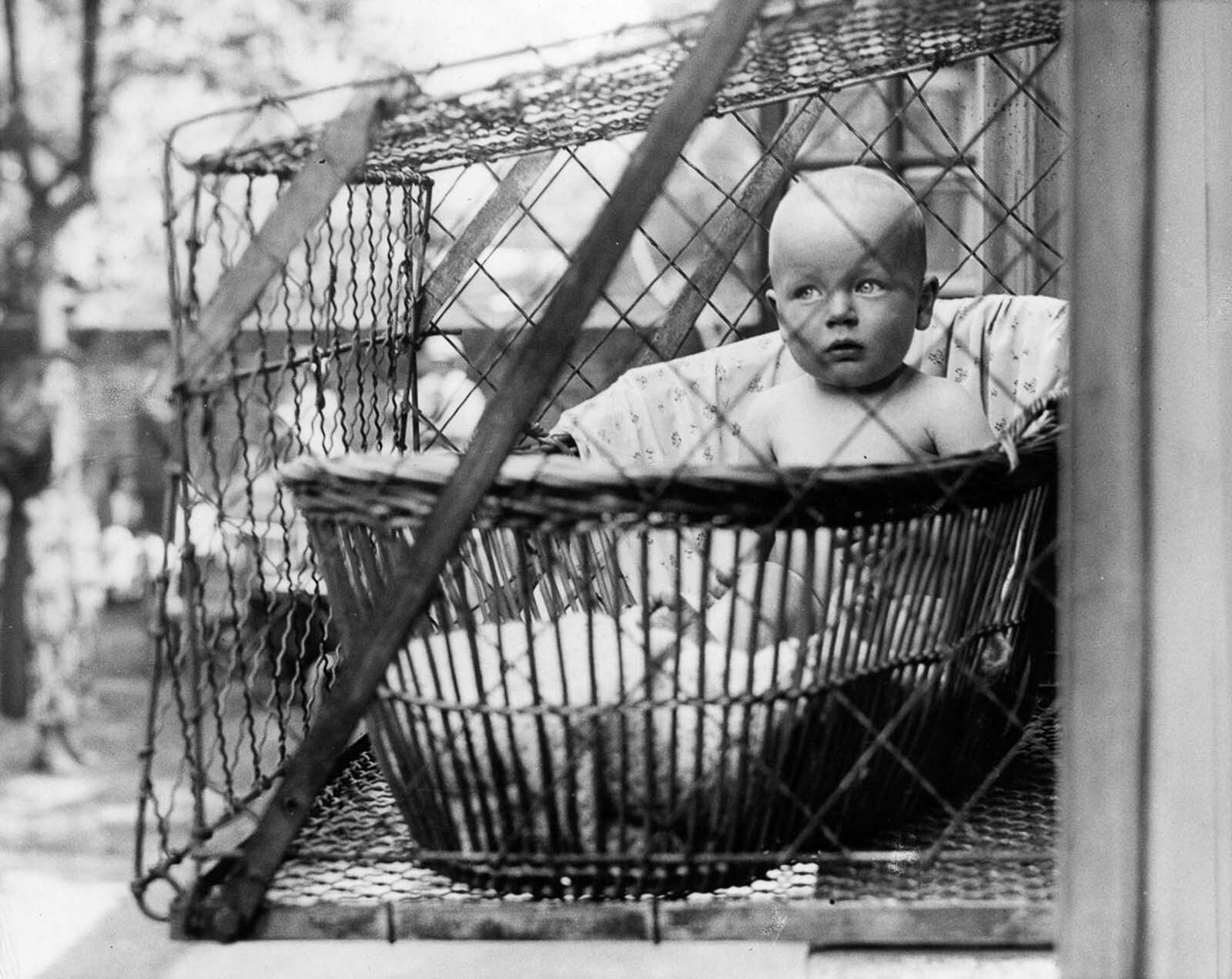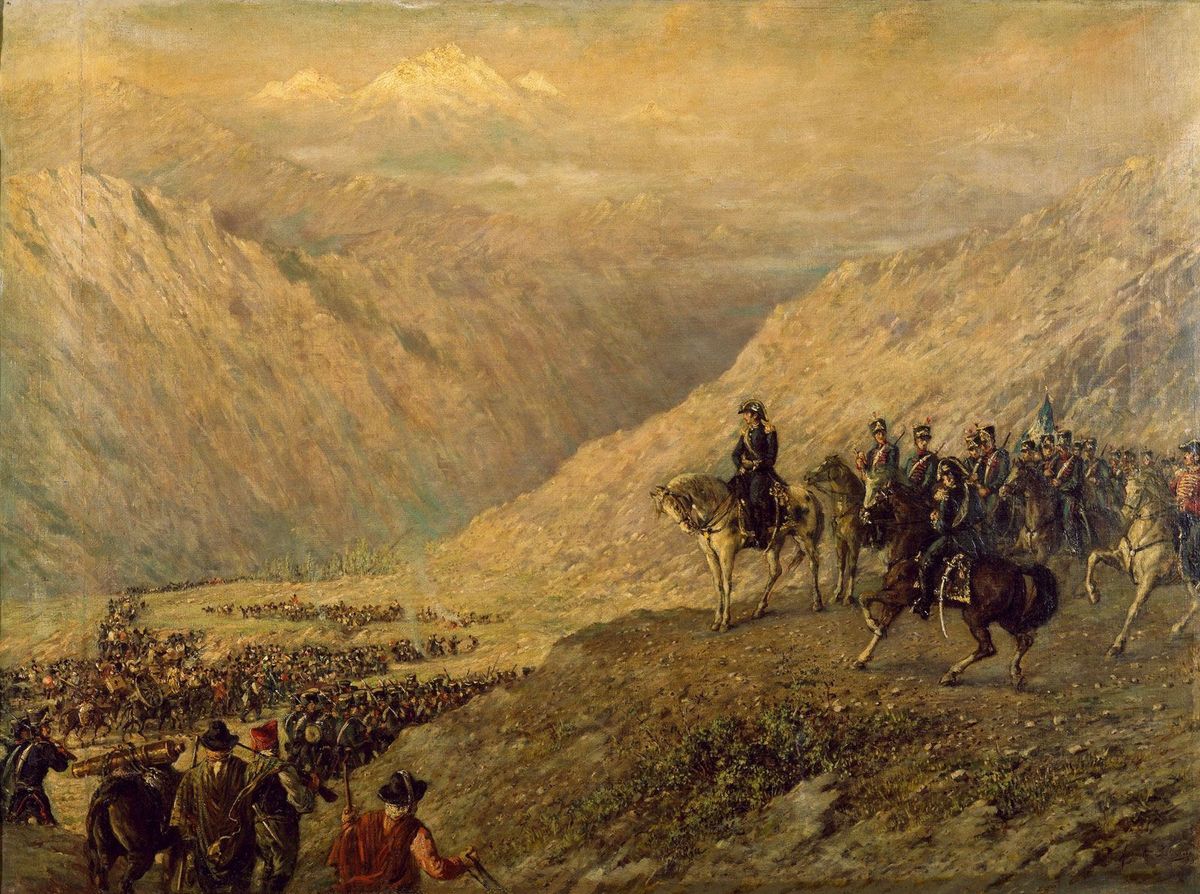
Did you know that baby cages were once a popular solution for urban families? In the early 20th century, these contraptions allowed infants to enjoy fresh air and sunlight, even in cramped city apartments. Invented in the 1920s, baby cages were designed to hang outside windows, providing a safe outdoor space for babies. While this might sound bizarre today, back then, it was seen as a practical way to ensure children received enough natural light and ventilation. Parents believed that fresh air was essential for a child's health, and baby cages offered a unique solution. Curious about how these cages worked and why they fell out of favor? Read on to uncover 38 intriguing facts about baby cages!
Key Takeaways:
- Baby cages, also known as cribs or playpens, have a fascinating history dating back to the 1920s. They were designed to provide a safe space for infants to play and sleep, and have evolved significantly over the years.
- Despite controversies and concerns, baby cages have made appearances in popular culture and continue to inspire modern alternatives. Innovations in safety and convenience are likely to shape the future of these products.
What Are Baby Cages?
Baby cages, also known as baby cribs or playpens, have a fascinating history. They were designed to provide a safe space for infants to play and sleep. Here are some intriguing facts about baby cages that might surprise you.
-
The first baby cage was patented in 1922 by Emma Read of Spokane, Washington. It was designed to hang outside apartment windows to give babies fresh air.
-
These window cages were popular in urban areas where outdoor space was limited, especially in cities like London and New York.
-
Baby cages were often made of metal and had wire mesh sides to prevent babies from falling out.
-
The concept of baby cages was promoted as a way to ensure that babies received enough sunlight and fresh air, which were believed to be essential for their health.
Evolution of Baby Cages
Over the years, baby cages have evolved significantly. From hanging cages to modern playpens, the design and purpose have changed to meet safety standards and parental needs.
-
In the 1930s, baby cages started to be used indoors as well, providing a safe space for babies to play while parents attended to other tasks.
-
By the 1950s, the design of baby cages had shifted towards more enclosed playpens with padded sides for added safety.
-
Modern baby playpens are often made of plastic or wood and come with various features like toys, music, and even built-in bassinets.
-
Safety standards for baby cages have become stricter over the years, with regulations on materials, spacing of bars, and overall stability.
Controversies Surrounding Baby Cages
Despite their intended benefits, baby cages have not been without controversy. Some people have raised concerns about their safety and ethical implications.
-
In the 1930s, some pediatricians warned that baby cages could expose infants to harsh weather conditions and pollution.
-
Critics argued that confining babies in cages could hinder their physical and emotional development.
-
There were also concerns about the potential for accidents, such as babies getting their limbs caught in the wire mesh.
-
Despite these concerns, many parents continued to use baby cages, believing that the benefits of fresh air and sunlight outweighed the risks.
Baby Cages in Popular Culture
Baby cages have made appearances in various forms of media, reflecting their place in society and the changing attitudes towards child-rearing.
-
In the 1930s, baby cages were featured in newsreels and advertisements, often portrayed as a modern solution for urban living.
-
The concept of baby cages has been parodied in cartoons and sitcoms, highlighting the sometimes absurd lengths parents will go to for their children's well-being.
-
Baby cages have also been featured in historical documentaries, providing a glimpse into the parenting practices of the past.
-
Some vintage baby cages are now considered collectible items, with enthusiasts seeking them out for their historical value.
Modern Alternatives to Baby Cages
Today, parents have many alternatives to traditional baby cages, offering safer and more versatile options for keeping their infants secure.
-
Playpens with mesh sides and padded floors are a popular choice, providing a safe and comfortable space for babies to play.
-
Portable cribs and play yards offer flexibility for parents who need a secure space for their baby while traveling.
-
Baby gates can be used to section off safe areas within the home, allowing babies to explore without the risk of injury.
-
Many modern baby products are designed with safety features like rounded edges, non-toxic materials, and secure locking mechanisms.
Interesting Facts About Baby Cages
Here are some additional fun and surprising facts about baby cages that you might not know.
-
In the 1920s and 1930s, some baby cages were equipped with rain covers to protect infants from bad weather.
-
There were even baby cages designed to be attached to bicycles, allowing parents to take their babies on rides.
-
Some baby cages were designed with adjustable heights, so they could be used as the baby grew.
-
In some cultures, baby cages were used as a way to keep infants safe from animals and other dangers.
The Future of Baby Cages
As parenting practices continue to evolve, so too will the design and use of baby cages. Innovations in safety and convenience are likely to shape the future of these products.
-
Some companies are developing smart playpens with built-in cameras and sensors to monitor the baby's movements and environment.
-
Eco-friendly materials are becoming more popular in the design of baby cages, reflecting a growing concern for sustainability.
-
Customizable playpens that can be adjusted to fit different spaces and needs are gaining popularity among modern parents.
-
The integration of technology, such as interactive toys and educational features, is likely to become more common in baby cages.
Historical Anecdotes About Baby Cages
Throughout history, baby cages have been part of some interesting and unusual stories. Here are a few anecdotes that highlight their unique place in society.
-
During World War II, some parents in London used baby cages to keep their infants safe during air raids, hanging them in underground shelters.
-
In the 1950s, a famous photograph of a baby in a window cage in New York City sparked a public debate about the safety and ethics of the practice.
-
Some baby cages were designed to be collapsible, making them easy to store and transport, which was particularly useful for families on the move.
-
In the 1960s, baby cages were sometimes used in daycare centers and nurseries to keep multiple infants safe and contained.
Fun Facts About Baby Cages
To wrap up, here are some light-hearted and fun facts about baby cages that you might enjoy.
-
Some vintage baby cages are now used as quirky garden planters or decorative items in homes.
-
There are baby cage enthusiasts who collect and restore old models, preserving a piece of parenting history.
-
In some parts of the world, baby cages are still used in traditional ways, reflecting cultural practices and beliefs.
-
Baby cages have inspired various DIY projects, with parents creating custom playpens and cribs for their little ones.
-
Some baby cages were designed with built-in rocking mechanisms to help soothe fussy infants.
-
The concept of baby cages has even inspired modern pet products, with some designs being adapted for use with small animals like rabbits and guinea pigs.
Reflecting on Baby Cages
Baby cages, a bizarre yet fascinating piece of history, highlight how parenting practices have evolved. These contraptions, once seen as innovative, now seem downright dangerous. They were designed to give babies fresh air in cramped urban settings. However, safety standards were not what they are today.
Parents trusted these cages to keep their children safe while providing outdoor exposure. Looking back, it's clear how much child safety has progressed. Modern parents might find it hard to believe that such devices were ever used.
Understanding the past helps appreciate current safety measures. Baby cages serve as a reminder of how far we've come in ensuring children's well-being. They also show that what seems normal today might be viewed differently in the future. History teaches valuable lessons, and baby cages are a quirky chapter in the story of parenting.
Frequently Asked Questions
Was this page helpful?
Our commitment to delivering trustworthy and engaging content is at the heart of what we do. Each fact on our site is contributed by real users like you, bringing a wealth of diverse insights and information. To ensure the highest standards of accuracy and reliability, our dedicated editors meticulously review each submission. This process guarantees that the facts we share are not only fascinating but also credible. Trust in our commitment to quality and authenticity as you explore and learn with us.


